plants
Latest
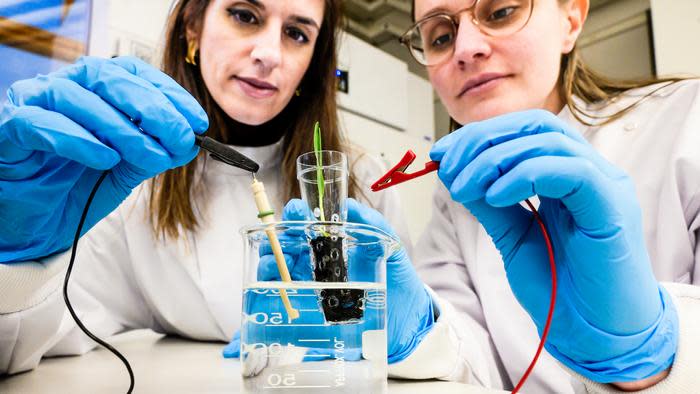
Swedish Researchers develop ‘electronic soil’ that speeds up plant growth
Researchers from Linköping University in Sweden developed a ‘bioelectronic soil’ that can speed up the growth of plants in controlled agricultural farming environments.

Scientists grow plants in soil from the Moon for the first time
The University of Florida researchers only had 12 grams of 'lunar regolith' to work with.

Cyberattack forces Toyota to suspend vehicle production in Japan
Toyota has reportedly halted vehicle production at all its plants in Japan following a cyberattack against a major supplier.

Amazon bans foreign sales of plants in US after mysterious seed deliveries
Amazon is banning sales of foreign plants in the US after a string of mysterious seed deliveries in the country.
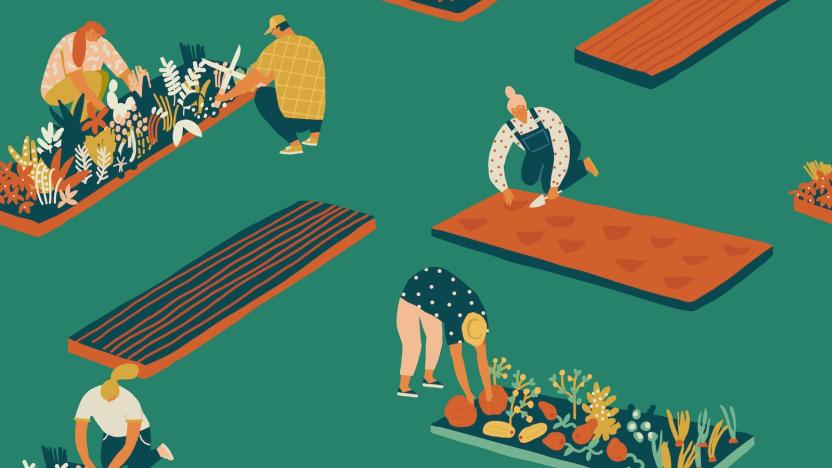
The influencers of pandemic gardening
To the untrained eye, Kevin Espiritu’s garden is an overflowing hodgepodge of containers: stackable planters growing beans, herbs in traditionally narrow windowsill planters and a variety of trellises inside canvas grow bags. The front yard is packed tightly with raised vegetable beds made from sheets of corrugated metal, and a loquat tree sits in the corner, heavy with fruit. Getting a personal tour via Zoom feels like a treat after watching hours of Espiritu’s gardening tutorials, where he rarely features his front yard in its entirety.
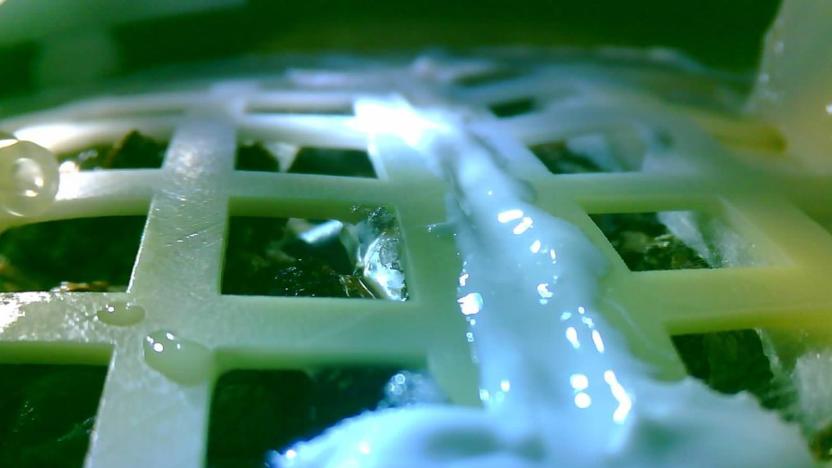
China grows the first plants on the Moon
The greenery you see in the soil above might not look like much, but it represents a big step in space exploration. Cotton seeds brought to the Moon aboard China's Chang'e-4 mission have sprouted, marking the first time plants have grown on the lunar surface. They're not in contact with the lunar surface, as you might imagine. The cotton, potato seeds, yeast and fruit fly eggs are instead tucked inside a sealed, self-sustained biosphere that provides the necessary climate and nourishment.

Samsung spins out three more startups from its C-Lab incubator
Samsung's C-Lab has nurtured a few dozen creative ideas into fully fledged startups over the last couple of years, and a trio of new companies have just joined the incubator's alumni. Their products include a mini smart greenhouse, a portable directional speaker and an artificial intelligence-based user research platform.
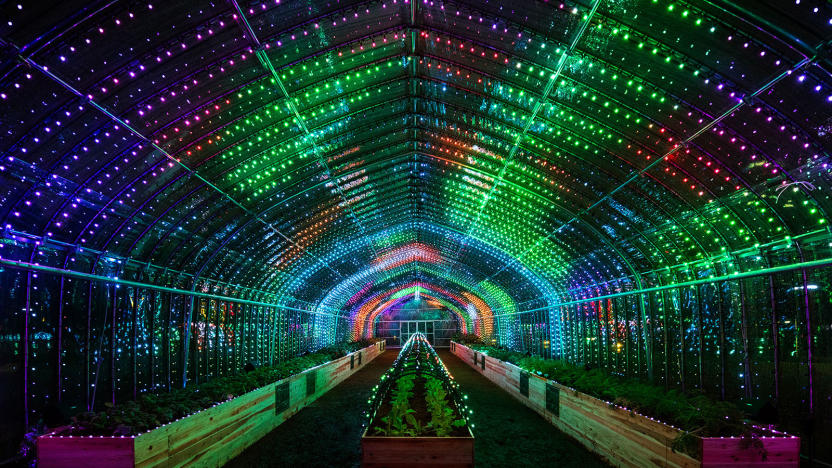
'Digital vegetables' emit music and light when touched
Small-plot urban farming used to be widespread in Tokyo, but other than specialized projects like the Pasona Urban Farm, there aren't many tomato plots around the city anymore. A Tokyo creative lab called Party has created an art installation that aiming to puts residents literally back in touch with their gardening roots with a digitally-enhanced greenhouse installation called "Digital Vegetables," or "DigiVege" in Japan.
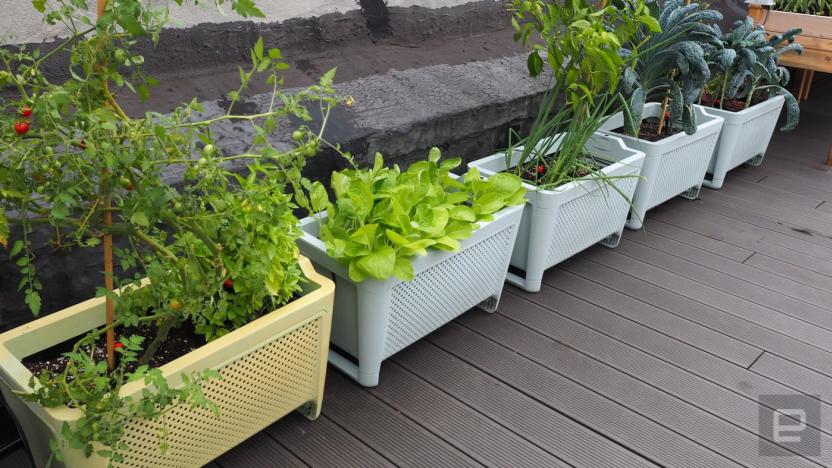
The Grow connected planter is the ultimate no-fuss gardening kit
Horticulturalists looking to go high-tech will find no shortage of smart sensors to stick in their soil, sending data to their phones on particulars like water level, temperature and soil pH. However, even systems that hold your hand as much as possible still make a few assumptions -- namely, that you already have a garden. After all, no budding gardener is really going to make a set of sensors their first purchase. More likely, they'll buy plants, dirt and a pot and then have no idea what to do next. The new Grow Duo offers something a lot less piecemeal: Drop your $200 on the company's site, and get a connected planter, soil and even the seeds. It's everything you need to jumpstart your gardening ambitions within minutes.

This tiny drone can pollinate flowers like a bee
As a species, bumblebees aren't doing well, so sadly, we may have to consider a future with fewer of the endangered insects. Humanity would be in trouble without these active pollinators, so Japanese scientists have created drones that mimic them by spreading pollen from plant to plant. Researchers at the National Institute of Advanced Industrial Science and Technology bought $100 drones and affixed patches of horsehair to the bottoms. They then applied liquid ion gels, which MIT Technology Review says are as sticky and moist as Post-It notes, to the horsehair. In tests, the drones were able to fly into the plants, grabbing and releasing pollen from the male and female parts of pink and white Japanese lilies.

Algae can survive nearly a year and a half in outer space
Algae from the Arctic Circle are used to tough weather, and it turns out they're also able to survive the extreme conditions of outer space. Two specimens recently spent 16 months on the exterior of the International Space Station and became the first plants to make it through these conditions. The algae, of the Sphaerocystis species, returned to Earth last June after 530 days on a panel outside the ISS, the Fraunhofer research organization announced last week. The specimens withstood conditions including intense ultraviolet radiation, temperatures ranging from -20°C to 47.2°C, and, of course, the vacuum of space.
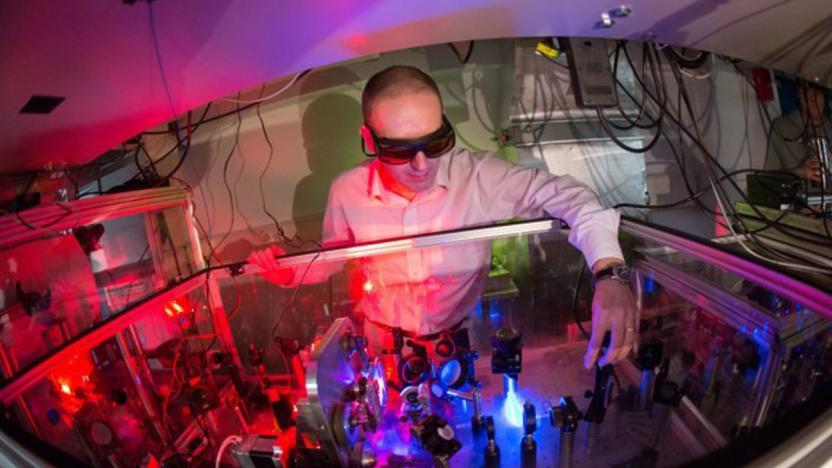
Ultrafast lasers capture elusive photosynthesis reactions
Using ultra-rapid lasers, researchers have created the first "movie" of photosynthesis chemical reactions that shows exactly how fast they happen. The finding proves that a key process that strips electrons from water, starting the conversion of solar into chemical energy, happens more quickly than previously thought. "We can now see how nature has optimized the physics of converting light energy to fuel," says study author Jasper van Thor. The work could help scientists improve artificial photosynthesis to produce biofuels more efficiently.
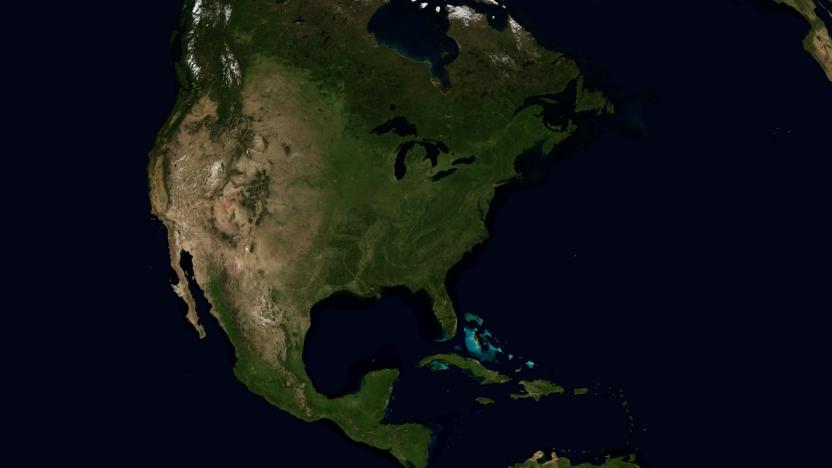
NASA mission will study Earth's 'breathing' from space
Scientists know that the Earth "breathes" carbon, particularly through plants that absorb carbon through photosynthesis when they're healthy and give it up when they lose their leaves or die. They haven't had an extremely detailed look at that breathing cycle, however, which is where NASA and the University of Oklahoma come into play. They're launching a satellite mission, the Geostationary Carbon Cycle Observatory, that will both study plant health as well as the exchange of key gases (carbon dioxide, carbon monoxide and methane) between the land and the atmosphere.

Gnome is a smart garden system for urban horticulturalists
There are quite a few connected gardening products out there to help you grow and nourish plants. But most of them involve smart pots or indoor hydroponic solutions: Perfect for beginners or casual hobbyists, but not so great for more serious gardeners like Hugreen founder Clement Lee. New to the world of organic farming, Lee found himself frustrated by the limitations of existing products like the system from Edyn, which monitors small outdoor areas but is fairly limited in distance and overall capability. Hugreen's Gnome, launching on Indiegogo today, is aimed at large backyards or rooftop gardens and tackles those weaknesses directly with more accurate monitoring and the ability to communicate as far as a kilometer away.

The SproutsIO smart microgarden nurtures your inner botanist
I'm not good at remembering to water my one houseplant. I know I'm not alone -- the phrase "black thumb" exists for a reason. And if some of us can't even manage something as basic as adding a little H2O regularly, asking those same people to worry about humidity or soil pH for our flora is right out. Unfortunately, that means a lot of us don't get to enjoy the benefits of growing our own herbs or vegetables at home. The SproutsIO connected planter, now on Kickstarter, aims to solve that by not just reminding you to water your plant, but creating an entire support system aimed at your individual wants and needs about what to grow.

ICYMI: Robotank and carbon emissions made into rock
try{document.getElementById("aol-cms-player-1").style.display="none";}catch(e){}Today on In Case You Missed It: Israel Aerospace Industries has built a combat robot vehicle that is made of modular bits that can be switched out, while environmental scientists created rock out of carbon emissions from a power plant in Iceland, by first pumping the pollutant underground. Be sure to read up on the flying car competition reportedly happening under Larry Page, and watch this video purely because it's the strangest cat video we've seen in months. As always, please share any great tech or science videos you find by using the #ICYMI hashtag on Twitter for @mskerryd.

ICYMI: Plant-powered, self-moving robot and safer spacecraft
try{document.getElementById("aol-cms-player-1").style.display="none";}catch(e){}Today on In Case You Missed It: The Hortum Machina B is made of plants that send electrochemical stimulus to the autonomous robotic machine that houses them, so they can direct where to move. UC Santa Barbara researchers developed materials that can better handle the thermal loads carried inside modern rocket engines, because in some cases, the components are close to completely melting (bad news for the astronauts onboard). Take a spin through this Norwegian cruise ship's slide and if you want to watch our new favorite VR freakout video, it's here. As always, please share any great tech or science videos you find by using the #ICYMI hashtag on Twitter for @mskerryd.

Plants might know when to bloom by remembering seasons
Plants might have some capacity to retain information or, in other words, to form memories, according to a biologist from the Whitehead Institute for Biomedical Research in Massachusetts. Susan Lindquist has discovered that a protein found in thale cress (pictured above) acts like a prion. In humans and other animals, prions or misfolded proteins cause degenerative illnesses, including mad cow and Creutzfeldt–Jakob diseases. But the protein Lindquist found, which is called Luminidependens (LD), responds to daylight and controls flowering time.
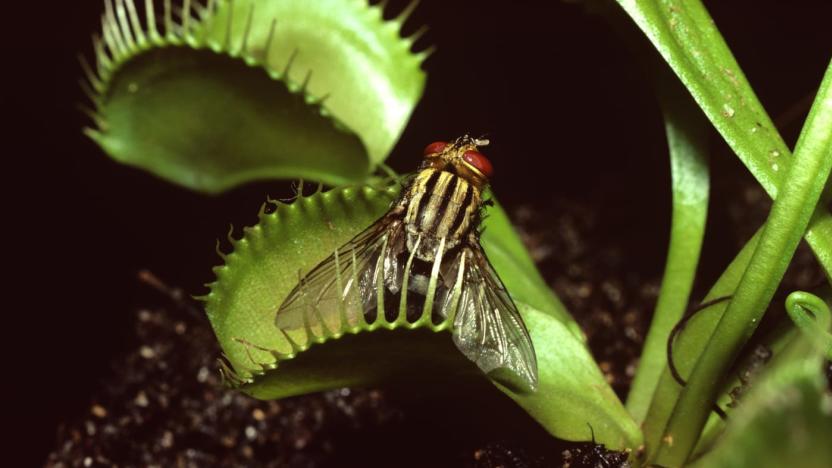
Venus flytraps are far from 'dumb'
When I was a kid, I had a Venus flytrap that lived all of about a week. I couldn't figure out why it hadn't eaten the morsel of raw hamburger I'd put in its "mouth," and it died of starvation shortly after the beef grew white fuzzies on it. Turns out I hadn't triggered the hairs inside the plant's jaws that cause them to close and its digestive system to start producing the enzymes that break down food. In a recent research paper noticed by the BBC, scientists from the University of Würzburg discovered that the amount of times those follicles are triggered corresponds to what the carnivorous plant's guts do, in addition to how it absorbs nutrients from captured-and-digested prey.

'Plants Vs. Zombies' is becoming a theme park attraction
If it's not Mario or Shepherd and the Mass Effect crew, it's... plants and zombies. Cedar Fair Entertainment, which runs 14 park attractions across the US, is working with EA on two attractions for Great America in California, and Carowinds in North Carolina. Plants vs. Zombies: Garden Warfare will be adapted into what the theme park is terming a "digital attraction". This means that it'll be able to substitute in and reprogram the ride later for sequel content -- which sounds a whole lot like its namesake. Carowinds will get the PvZ attraction, which will open next year.










